Taking a shower is the most relaxing and enjoyable time of the day, so it's essential to have the right setup. Whether you prefer basic fixtures or sleek, modern designs, there are countless options to enhance both the functionality and luxury of your shower. Read on to discover how to select the ideal shower fixtures and elevate your bathing experience.
-
Types of Shower Faucets

The first step in selecting shower fixtures is identifying the configuration that best suits your needs and preferences. Here's an overview of the different shower configurations you can choose from.
1.1 Shower Faucet: it is also called a single-function shower faucet, is a straightforward and basic fixture designed to control the water flow and temperature with ease. It typically features a single handle or knob that allows you to adjust both the water's temperature and pressure simultaneously. This type of faucet has one setting or spray option, providing a consistent and steady flow of water without additional features like massage or mist functions. It’s ideal for those seeking simplicity and reliability in their shower setup.
1.2 Bathtub Shower Faucet: it is also called a multi-function shower faucet,These types of showers include a shower head, faucet handle trim, and a tub spout. A bathtub shower faucet is a versatile fixture designed for both bathtub and shower use. It usually features a single control system, such as a lever or knob, to regulate water flow and temperature. It includes a diverter that lets you switch between the bathtub spout and the showerhead, offering convenience for both bathing and showering.
1.3 Exposed shower system: An exposed shower system is a type of shower where the plumbing, such as pipes and valves, is mounted on the outside of the wall rather than hidden insideit. This design makes the shower fixtures and connections visible, which can add to the overall aesthetic of the bathroom, particularly in industrial, vintage, or minimalist styles. The water supply pipes and control valves are exposed on the wall, making them easy to access for repairs or adjustments. the installation is generally simpler, faster, and less expensive, especially in renovations where walls don't need to be opened,It can be a great option for older homes where retrofitting a concealed system might be challenging.
1.4 Concealed shower system:A concealed shower system is a type of shower where most of the plumbing, such as pipes and valves, is hidden inside the wall. Only the essential external components, like the showerhead, faucet, and control knobs, are visible. This creates a clean, minimalistic look.
Concealed systems are harder to install, especially in existing structures, as the wall needs to be opened to access the plumbing.The concealed design allows for more flexible placement of showerheads and controls, as the internal components can be positioned differently based on preference.it is Easier to Cleanand often preferred in modern or luxury bathrooms for its clean and elegant look.
1.5 Shower Panels: Shower types with these panels are also known as shower towers. A shower panel is an integrated solution designed to replace existing settings. Installing a shower panel is much easier than other configurations because the pre installed valve is included within the panel itself. The customer only needs hot and cold water supply pipelines before installing the shower panel, as they will directly connect the supply pipelines to the panel.
2.Important Considerations for Both Shower & Bathtub Faucets
2.1 Valves and cartridge Types
In a shower system, a valve is a crucial component.according to its water outlets function ,we mainly divided into single function valve,Two function valve and three function valve.

Inside of the valve it mainly consisted of two cartridge: one main valve cartridge and one diverter valve cartridge.
2.1.1 Diverter valve :A diverter valve cartridge is a component within a plumbing system that controls the flow of water between different outlets. For instance, in a shower-bathtub combo, the diverter valve directs the water either to the showerhead or to the bathtub spout, depending on how it’s set. Common Types of Diverter Valves include Two-Way Diverter Valve,Three-Way Diverter Valve,Tee Diverter Valve,Rotary Diverter Valve and Push-Button Diverter Valve.

2.1.2 Main control valve cartridge :Main control valve cartridge controls the flow and temperature of the water. It regulates the amount of hot and cold water that mixes together before reaching the showerhead or faucet, allowing you to adjust the water temperature and pressure to your preference.
Standard hot and cold water cartridge

Pressure-Balancing cartridge : A pressure-balancing valve is a type of shower valve designed to maintain a consistent water temperature by balancing the pressure between hot and cold water. When the pressure of one type of water (hot or cold) changes, such as when another fixture is turned on, the valve adjusts the flow of the other water to maintain the set temperature. This prevents sudden temperature fluctuations and helps ensure a steady, comfortable shower experience. It’s especially useful for avoiding scalding or sudden cold blasts when there are changes in water pressure in the plumbing system.This valve maintains a consistent water temperature by balancing the pressure between hot and cold water. It's common and helps prevent sudden temperature changes if water usage changes elsewhere in the home (e.g., flushing a toilet).

Thermostatic cartridge: This valve allows users to set a precise water temperature. It adjusts automatically to maintain the set temperature, even if water pressure fluctuates. Thermostatic valves offer more control and are often found in high-end shower systems.The working principle involves filling a small copper container with high-purity special paraffin, with a rubber sensing membrane covering the container's opening. As the temperature changes, the volume of the paraffin inside expands or contracts accordingly. This movement is transmitted through the sensing membrane at the container's opening, driving a spring to push the piston and adjust the mixing ratio of hot and cold water. Currently, this type of temperature-sensitive component is mainly used by European manufacturers.

2.2 Check Water pressure and Consider the Best Flow Rate
When choosing a shower system, checking water pressure and considering the best flow rate are crucial ,water pressure ensures your shower system performs optimally, and choosing the right flow rate helps balance comfort, efficiency, and compliance with regulations.
Water pressure refers to the force with which water flows from your plumbing system. Different shower systems are designed to work with different pressure levels. If your home’s water pressure is too low for the shower system you select, better choose smaller size shower head, like 4 to 8 inch shower head, if your water pressure is high,then you can consider a 10-16 inch shower head and also massage/jet shower.
Flow rate is the volume of water flow through the faucet. This is measured in gallons per minute (GPM), and on average shower heads range from 1.5–2.5 GPM. In some regions, there are regulations limiting the maximum flow rate of showers to conserve water. Checking these regulations ensures that you select a shower system compliant with local codes. Based on current US regulations, the standard maximum flow rate is 2.5 GPM, which uses 80 PSI (pounds per square inch) of water pressure.But in California, the flow rate limit for showerheads is 1.8 gallons per minute (GPM).that’s why many shower system could not be sold to California.
2.3 Select a Shower Head Type
Handheld Shower Head: These can be taken off the wall and used by hand.
Rain Shower Head: Rain shower heads are wider than other showerheads and are usually installed directly on the ceiling or the shower arm extends directly to the shower room, causing water to fall directly. This shower device can simulate the feeling of rainfall.
Fixed Shower Head: Fixed shower heads can be found in traditional and standard types of showers. These heads are mounted to the wall with a shower arm and cannot be moved or pivoted.
Sliding Bar Shower Head: These adjustable shower heads are installed on sliding bars, which are mounted on the shower wall. The sliding rod allows you to move the shower head up and down to adapt to different nozzle heights.
Dual Shower Head: Dual shower heads come with two shower heads attached to a single pipe or arm. These types of showers are sometimes referred to as a double shower head. These include a combination of rain and fixed shower heads, fixed and handheld shower heads, and other variations to tailor your shower experience.

2.4 Explore Primary material of the shower
|
Material |
Advantages |
Disadvantages |
|
Brass |
Durable, corrosion-resistant, long-lasting, high-end |
Expensive, heavy |
|
Stainless Steel |
Corrosion-resistant, strong, low maintenance |
Expensive, limited finish options |
|
Plastic (ABS) |
Lightweight, affordable, corrosion-resistant |
Less durable, lower aesthetic appeal |
|
Copper |
Antimicrobial, unique aesthetic, durable |
Expensive, requires maintenance to prevent patina |
2.5 shower Faucet Finishes
Bathtub and shower types of faucets come in a range of finishes that promote their longevity in addition to matching your bathroom hardware.
Faucet finishes come in a variety of styles, each offering its own aesthetic and practical benefits. Here are some common finishes and their pros and cons:
|
Finish |
Advantages |
Disadvantages |
|
Chrome |
- Shiny, reflective finish - Durable and resistant to tarnishing - Easy to clean |
- Shows water spots and fingerprints - Cold appearance might not suit all decors |
|
Brushed Nickel |
- Matte, sophisticated look - Resists fingerprints and water spots - Versatile and matches many design styles |
- Can be harder to clean - Less shiny appearance compared to chrome |
|
Oil-Rubbed Bronze |
- Unique, rich appearance with patina - Resists scratches - Complements traditional and rustic styles |
- Can show signs of wear over time - Finish may darken with age |
|
Matte Black |
- Modern, sleek look - Hides fingerprints and water spots - Versatile and bold contrast |
- Shows dust and dirt - Can be susceptible to scratches - Might not suit all design styles |
|
Polished Brass |
- Classic, elegant appearance - Reflective, warm glow - Durable with proper maintenance |
- Requires regular polishing - Prone to tarnishing over time |
|
Satin Brass |
- Subtle, muted gold tone - Resists fingerprints - Adds warmth without being overly shiny |
- Can show water spots - More trend-driven and might not suit all styles |
|
Stainless Steel |
- Durable and corrosion-resistant - Modern, sleek appearance - Low maintenance and easy to clean |
- Prone to showing scratches - High reflectivity might not suit all preferences |
2.6 Choose Your Installation Method
The next step for how to choose a shower head is to decide on an installation method. Shower heads are either wall-mounted or ceiling-mounted, depending on your existing types of showers and plumbing setup.

Now that you understand how to select a shower faucet, it’s time to start exploring your options. We hope you’ll consider Wellfor shower systems as a potential choice.


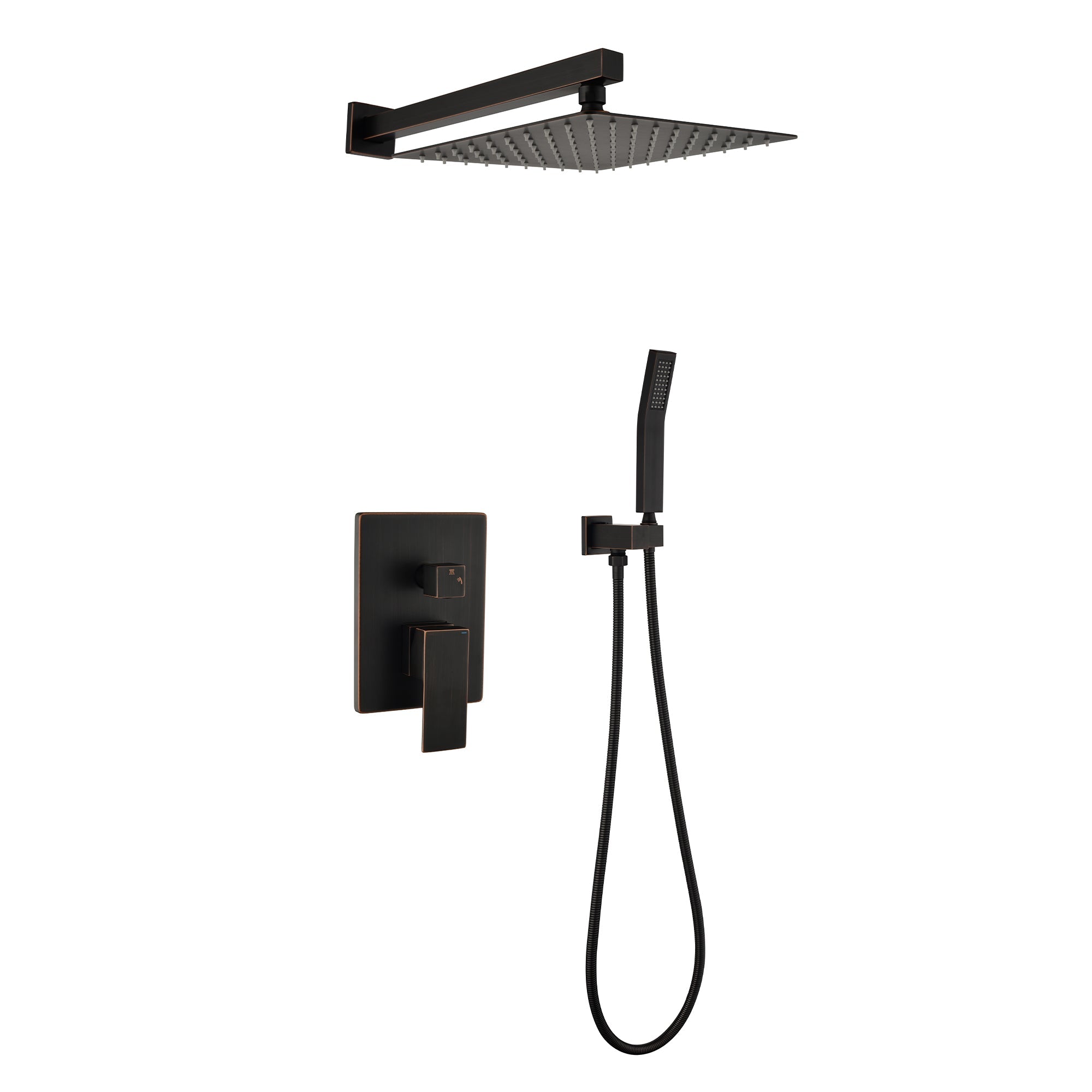



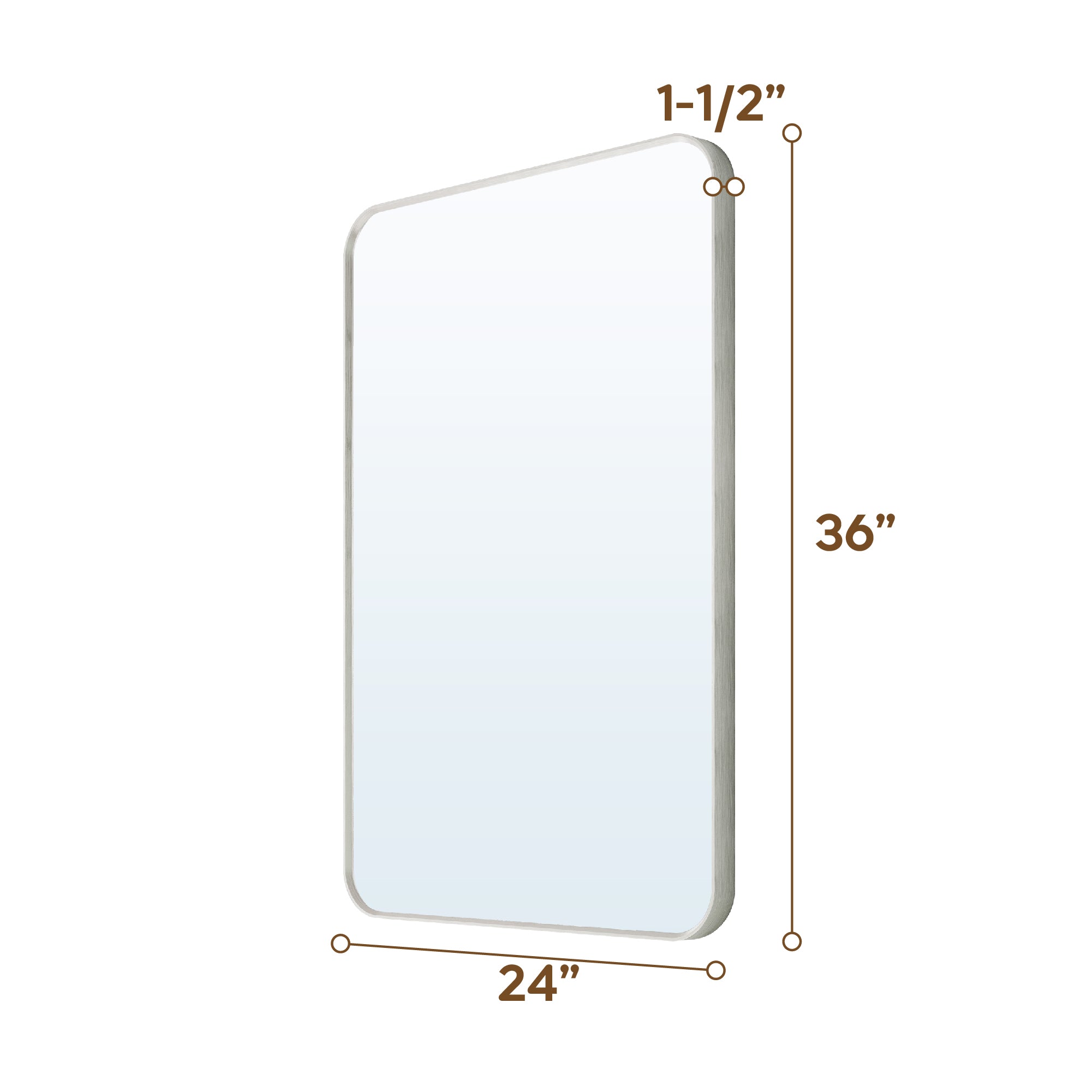

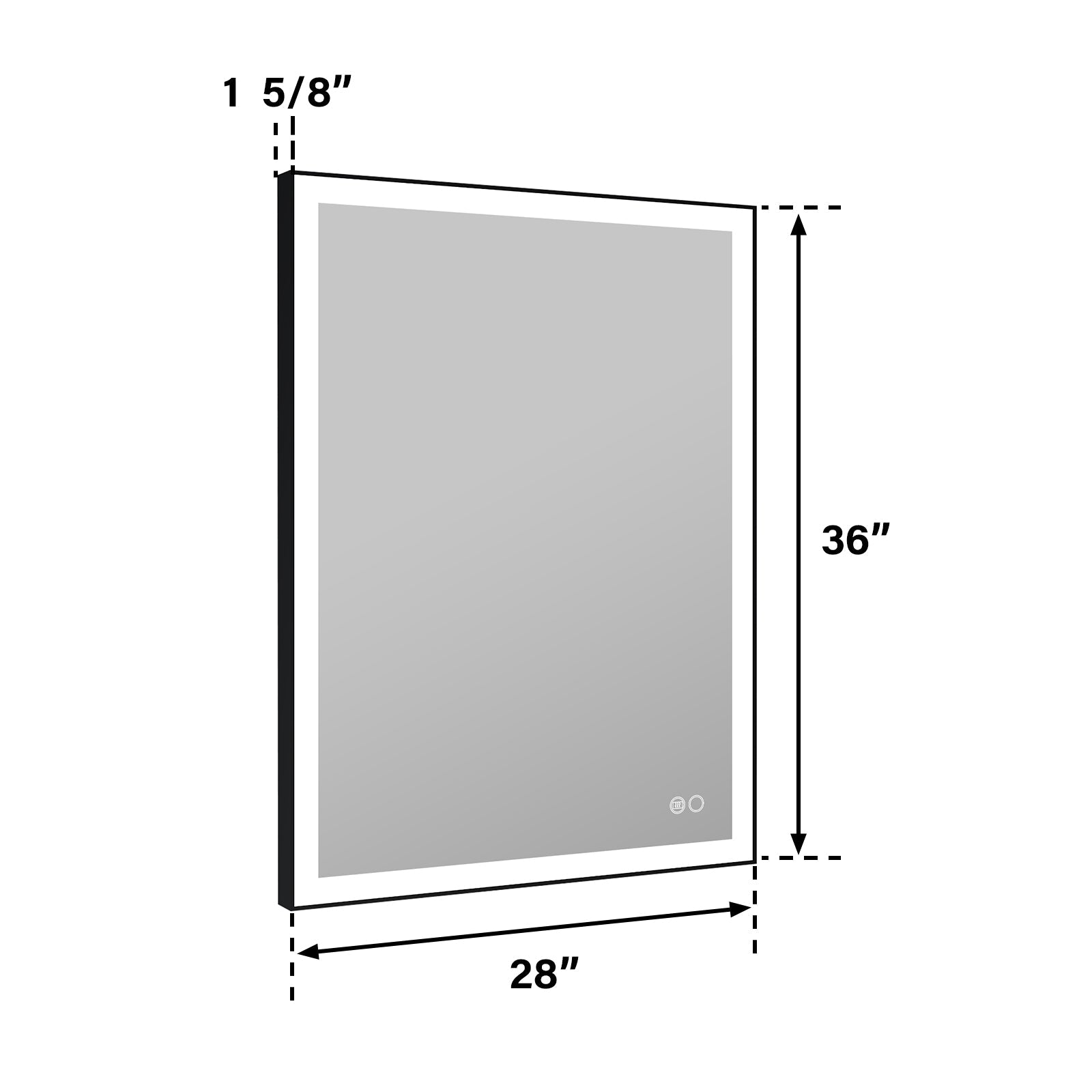
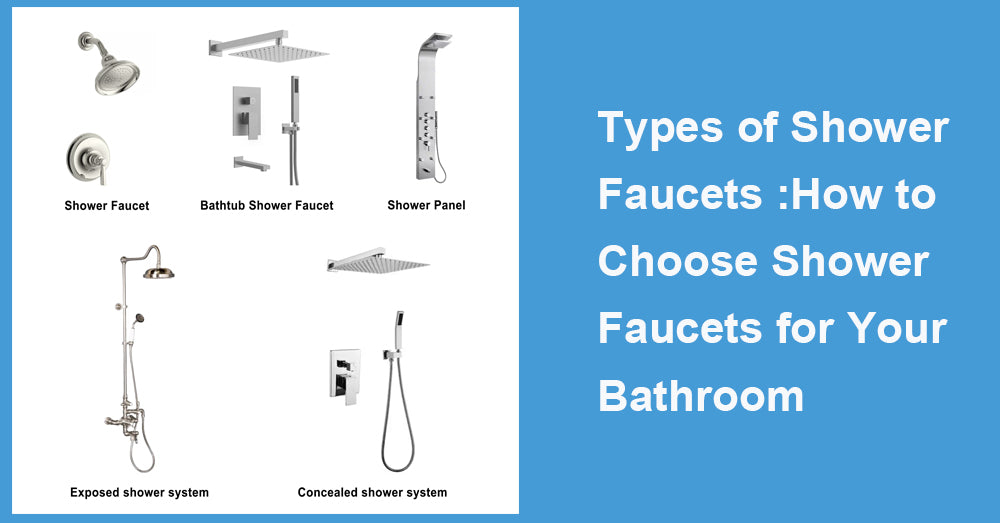

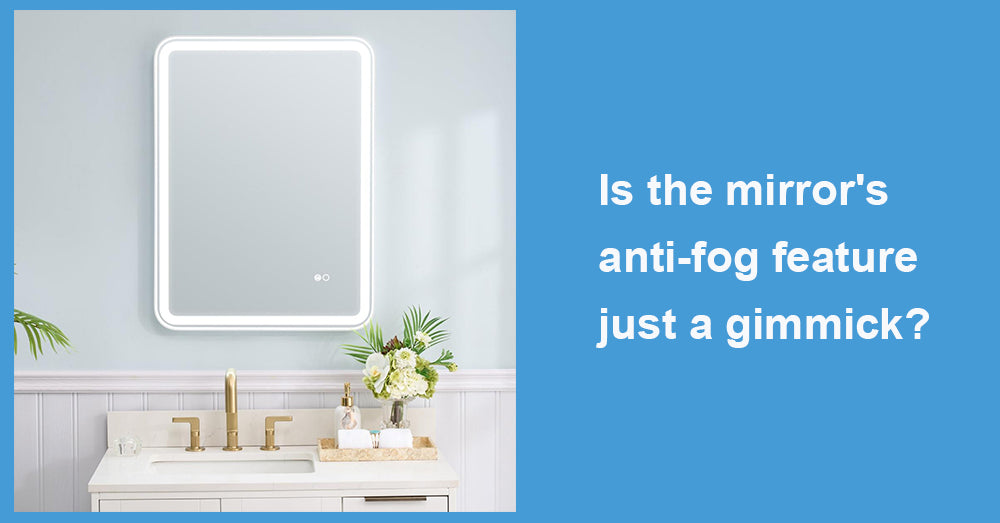
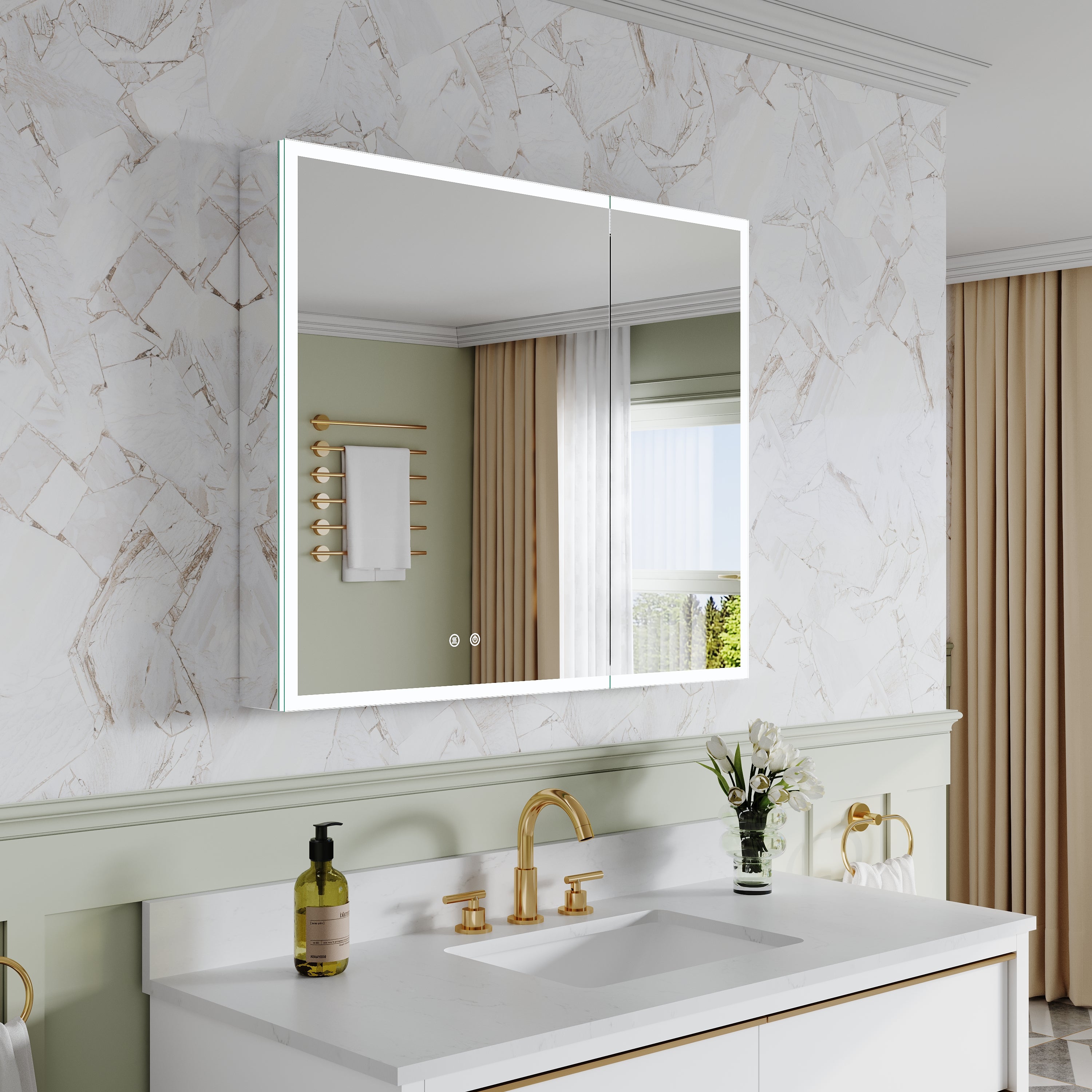



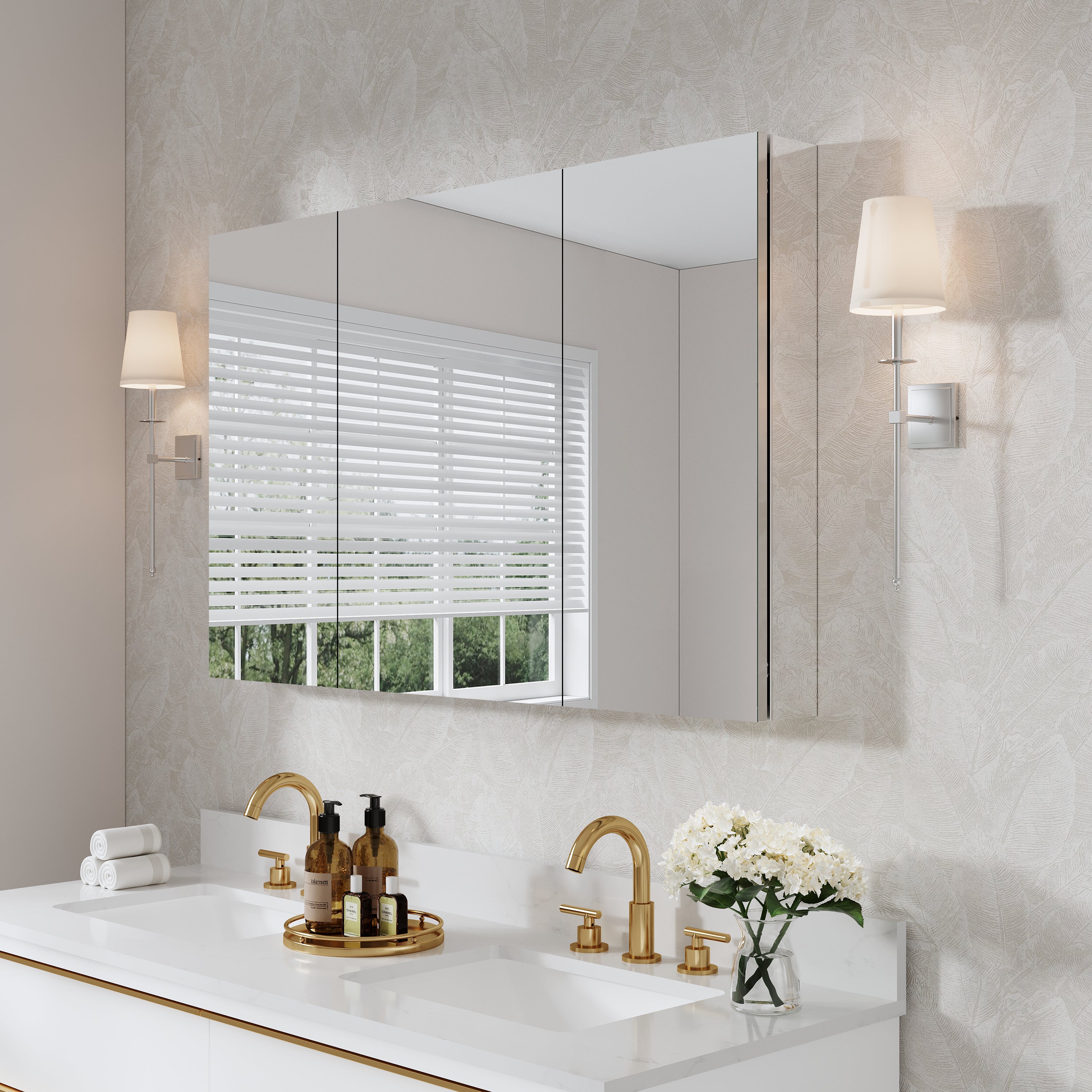







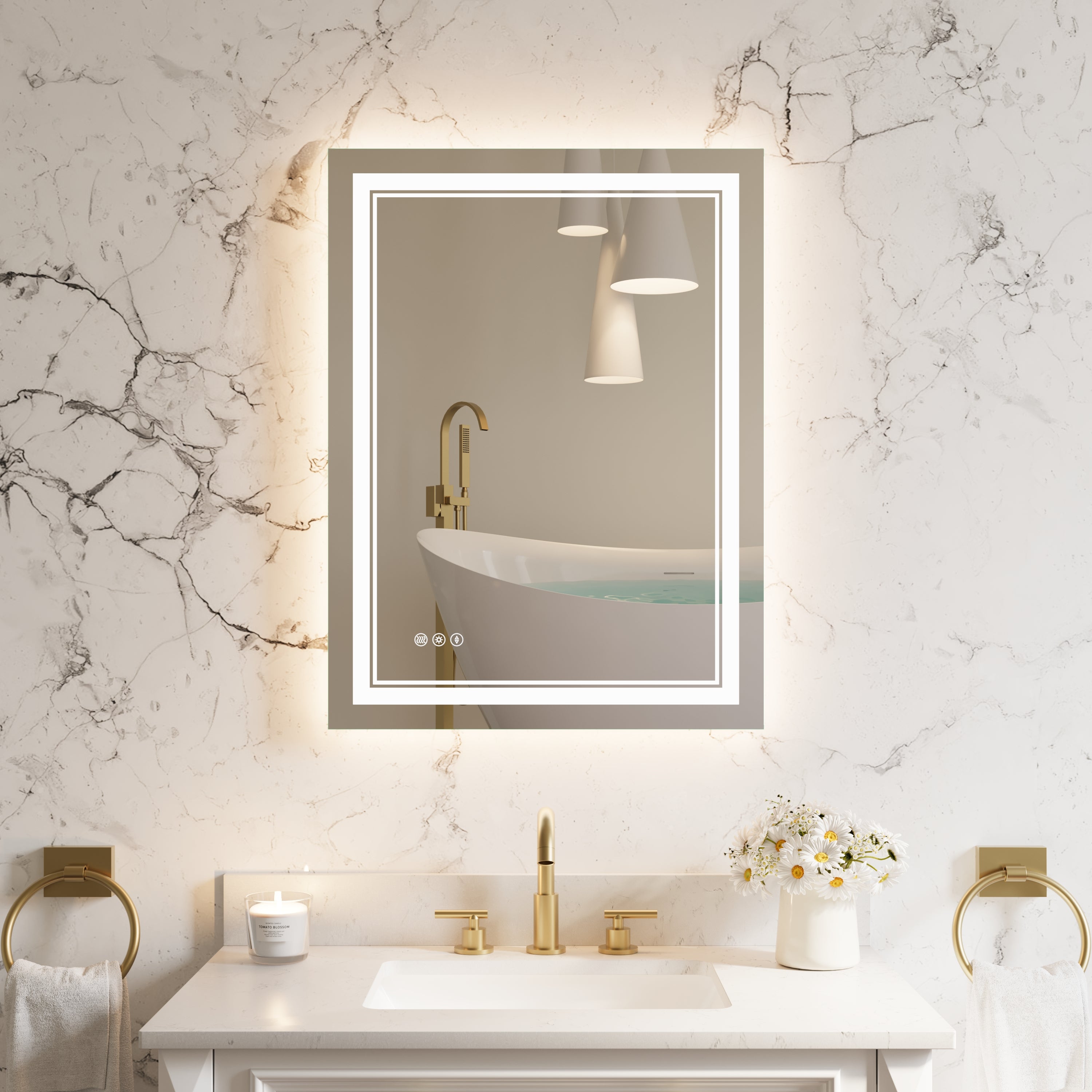

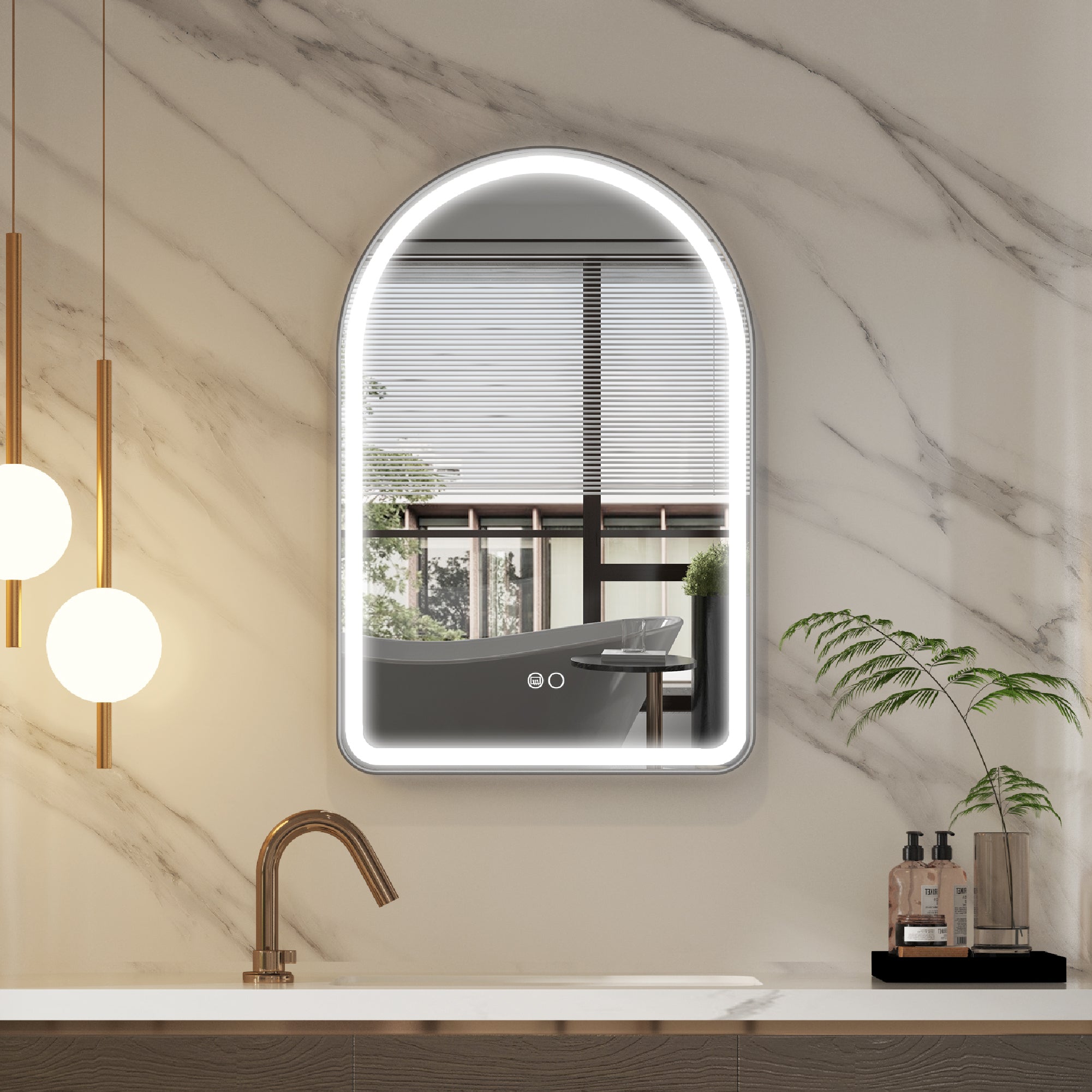
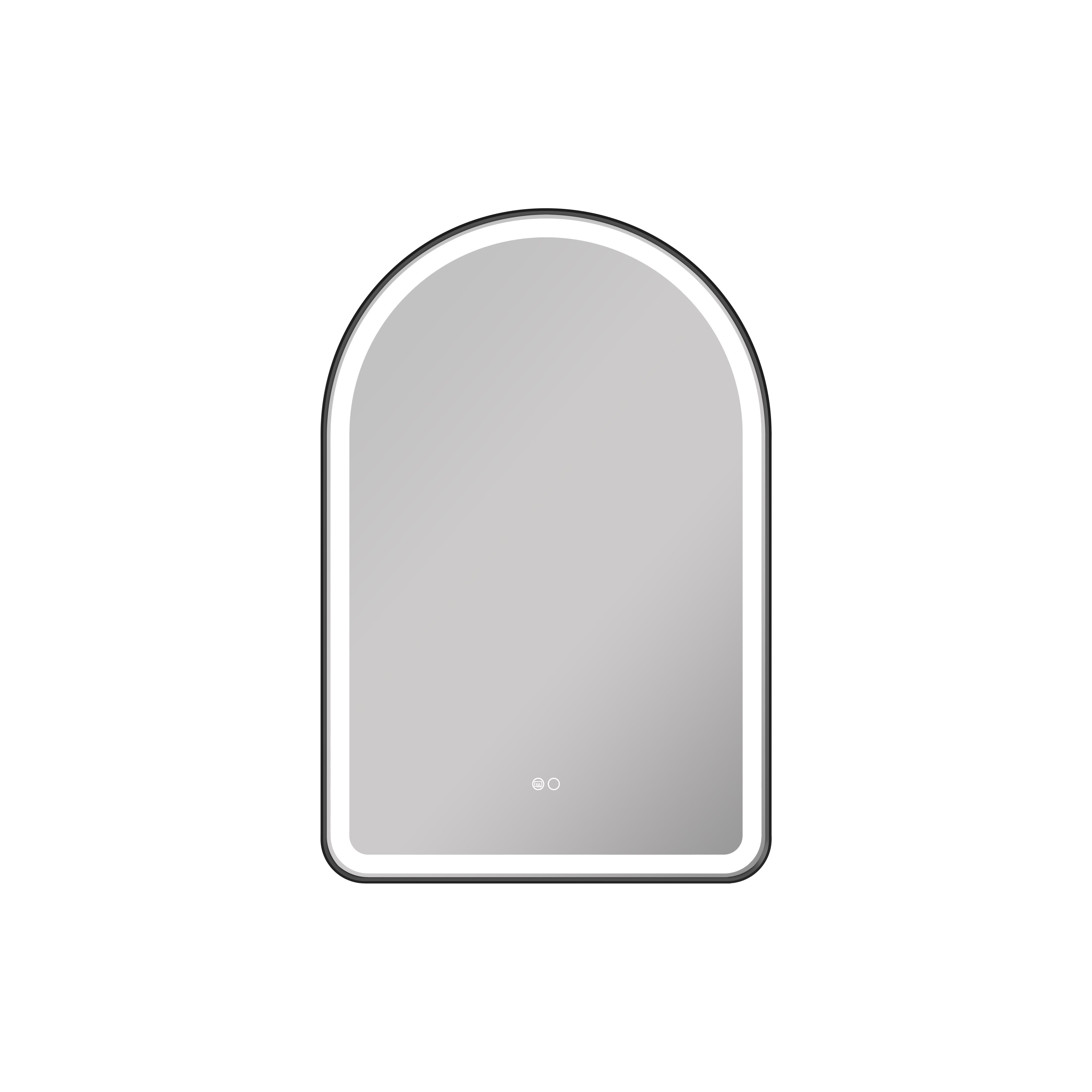
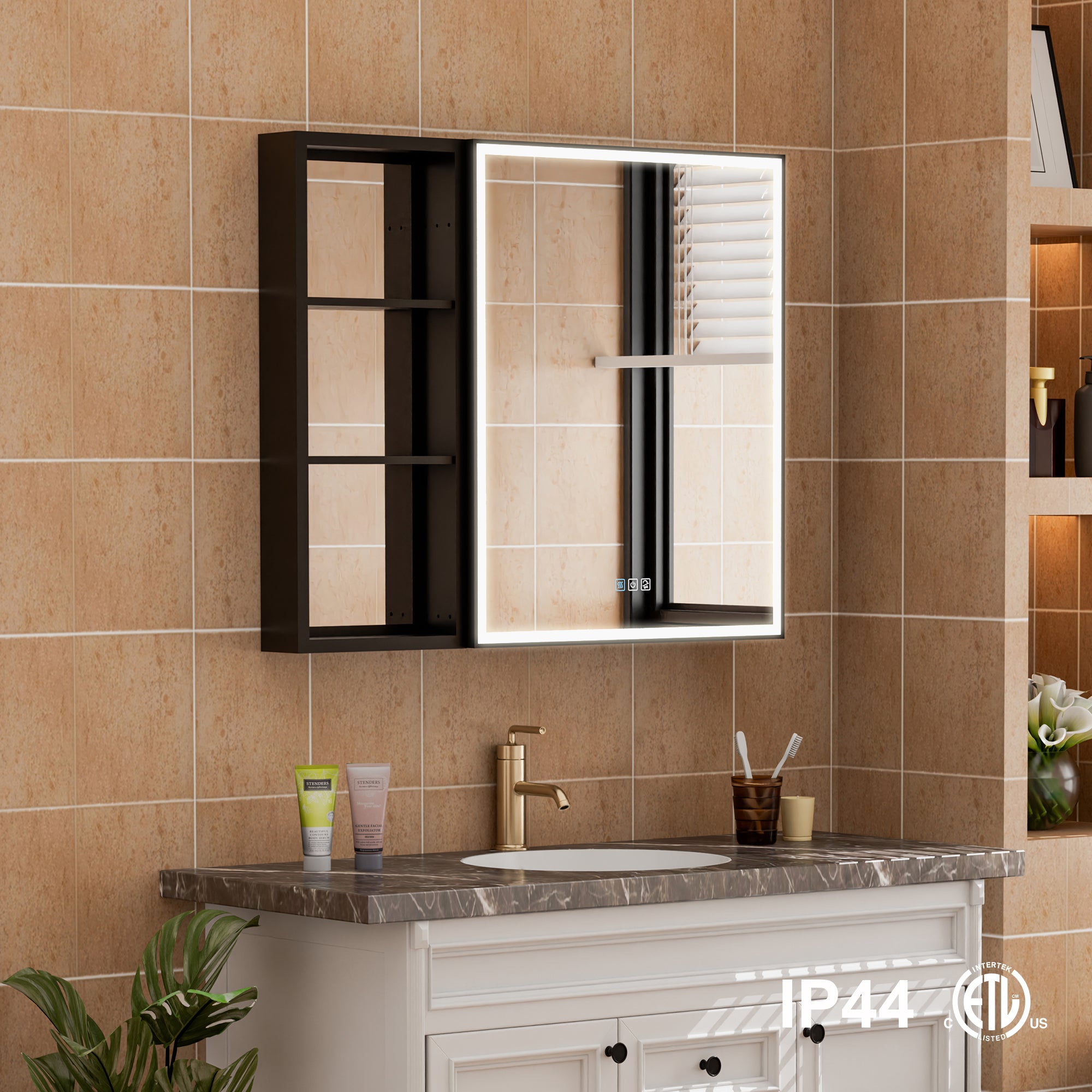
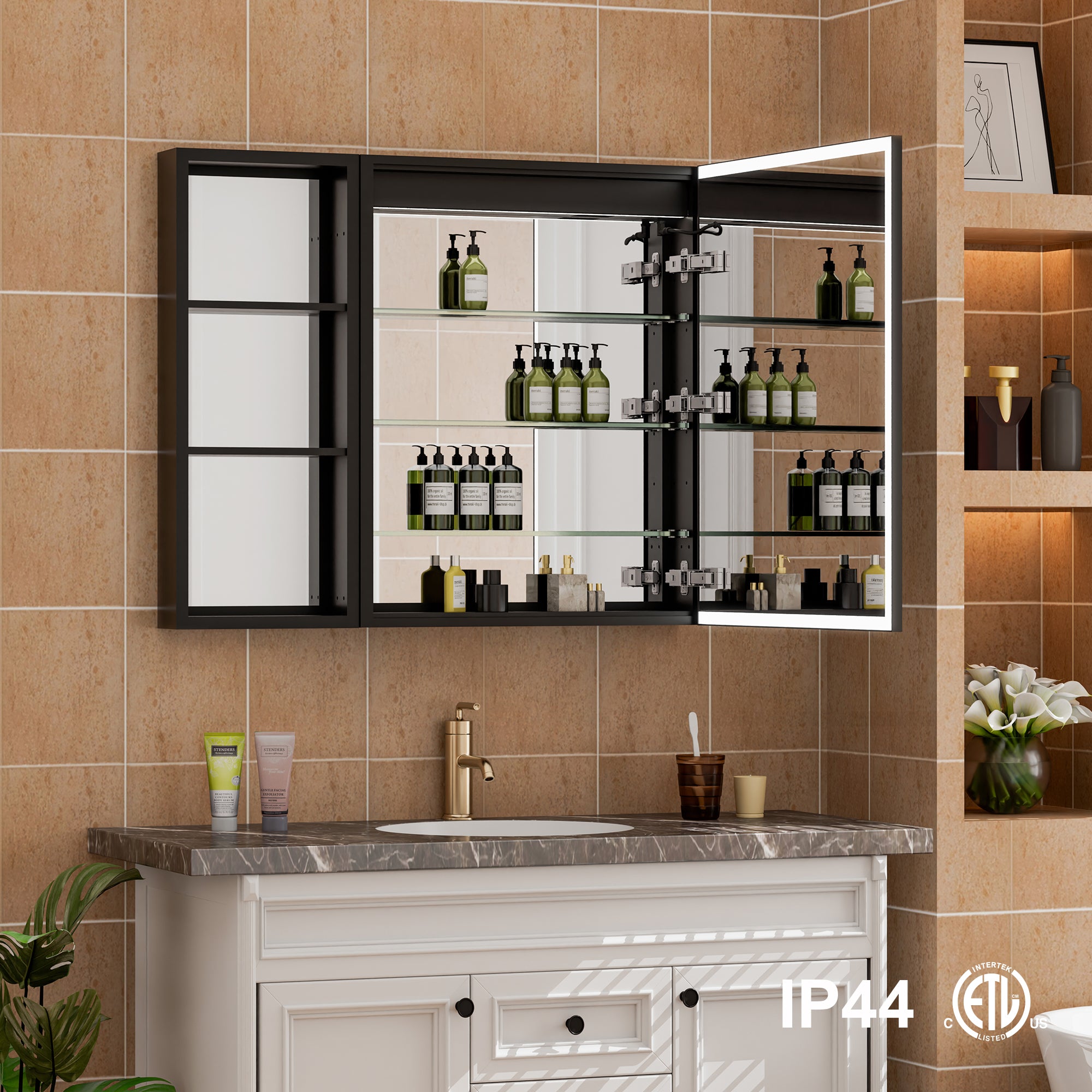
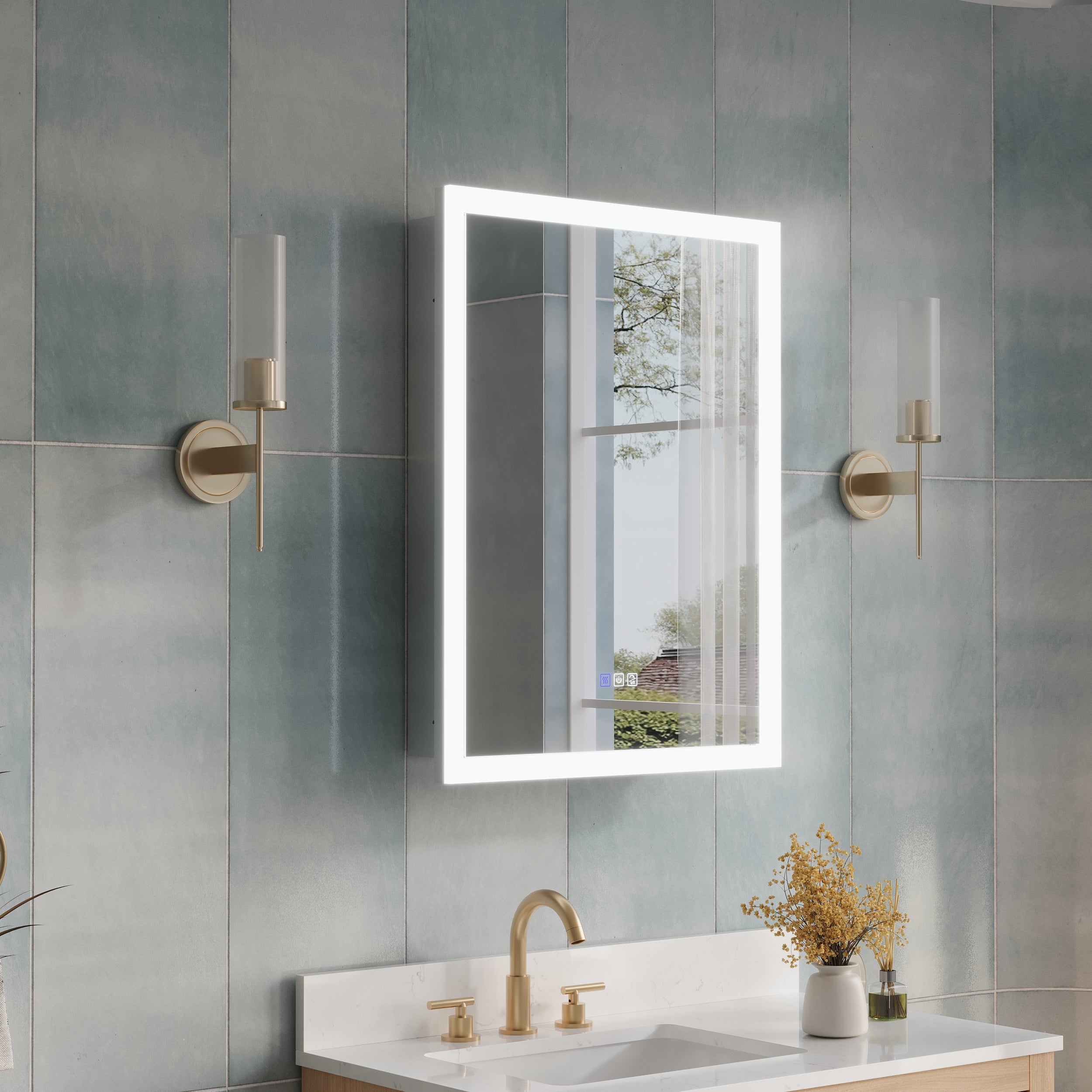
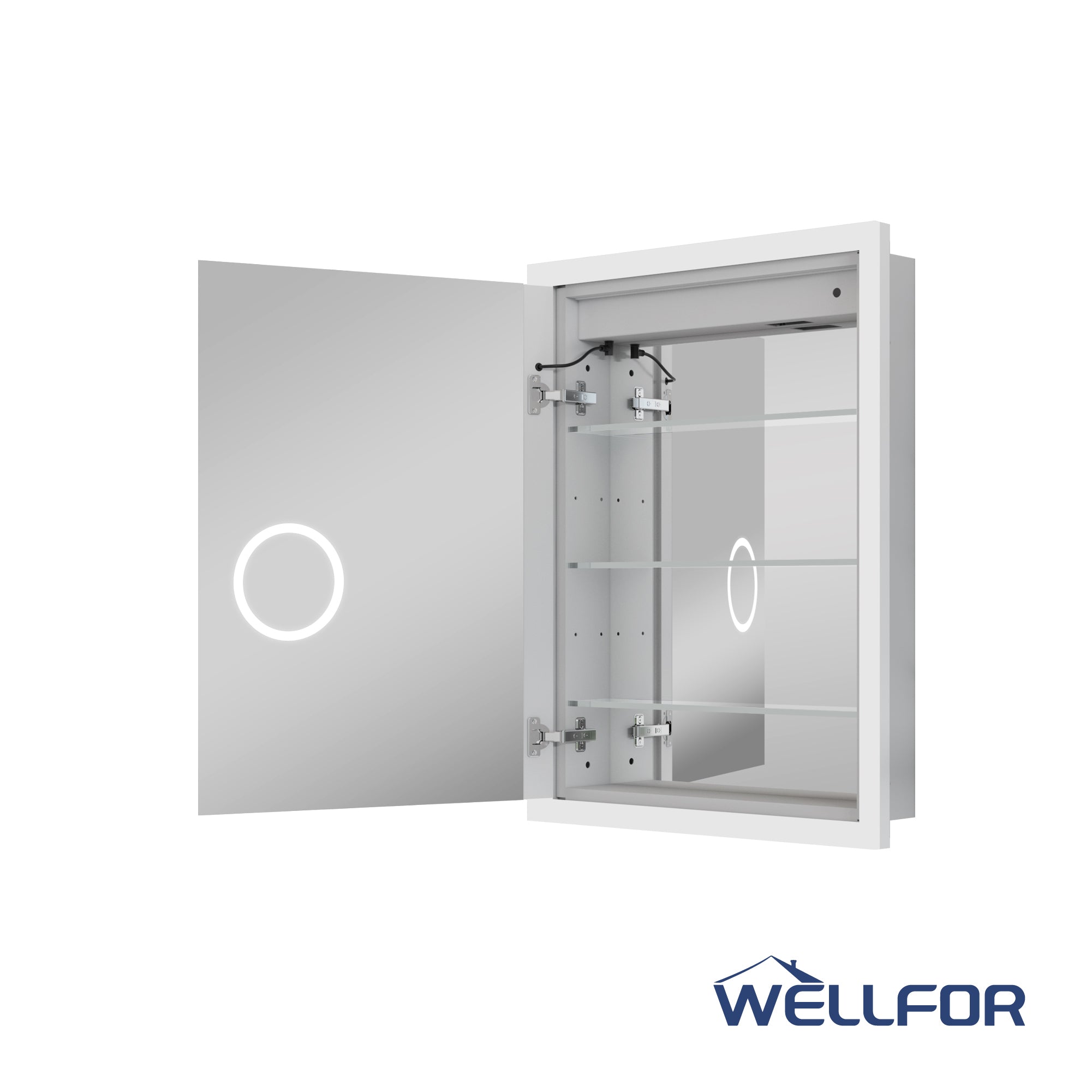
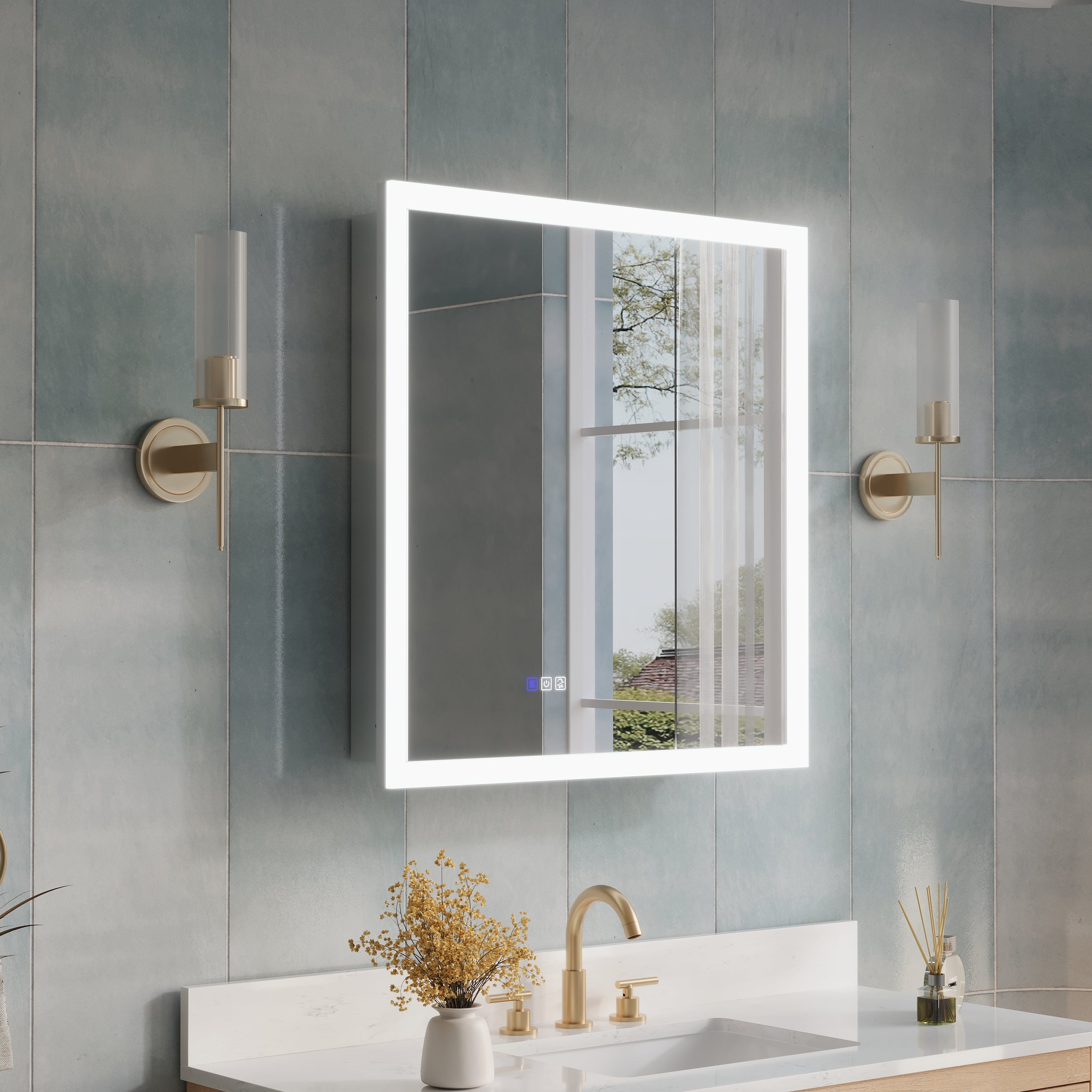
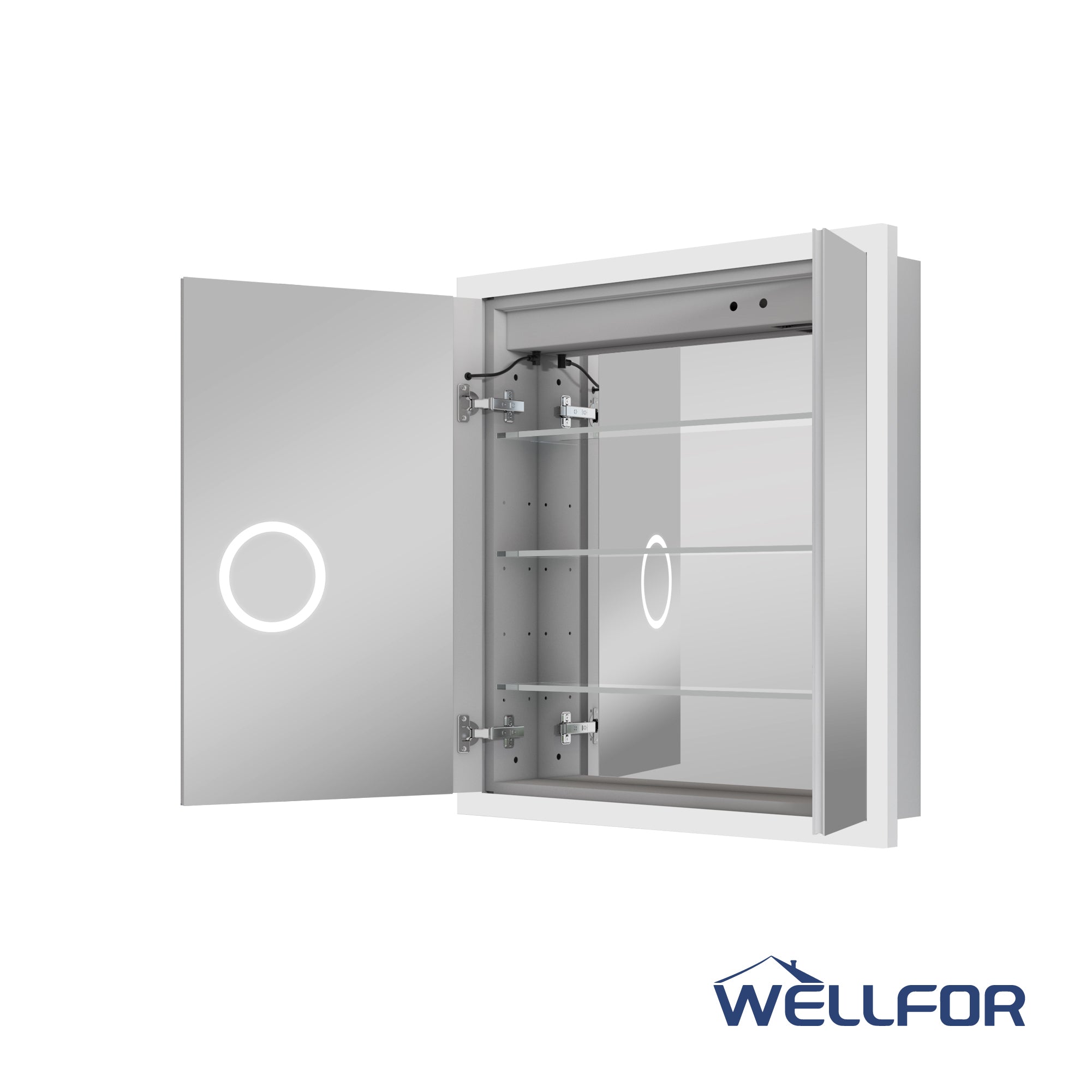
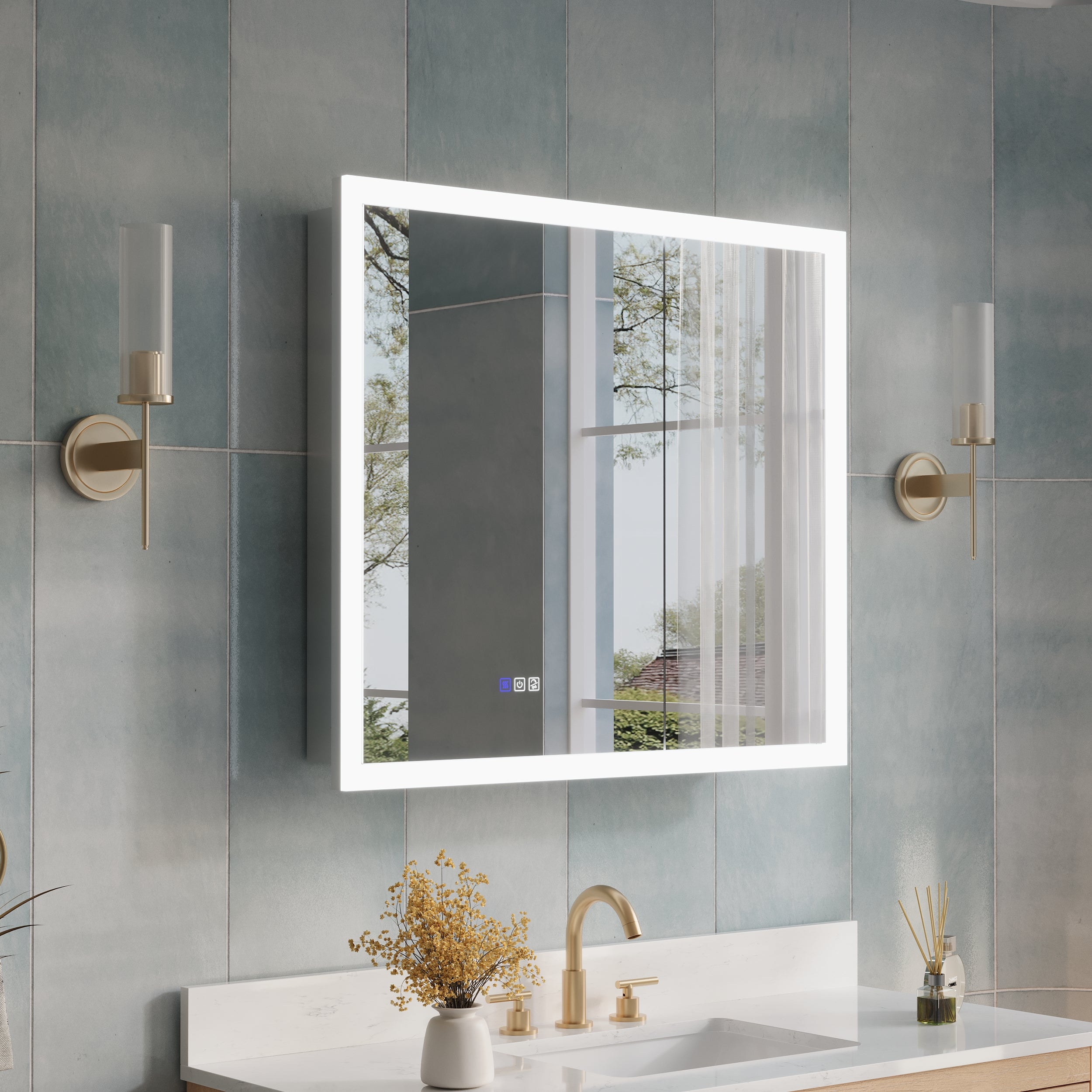
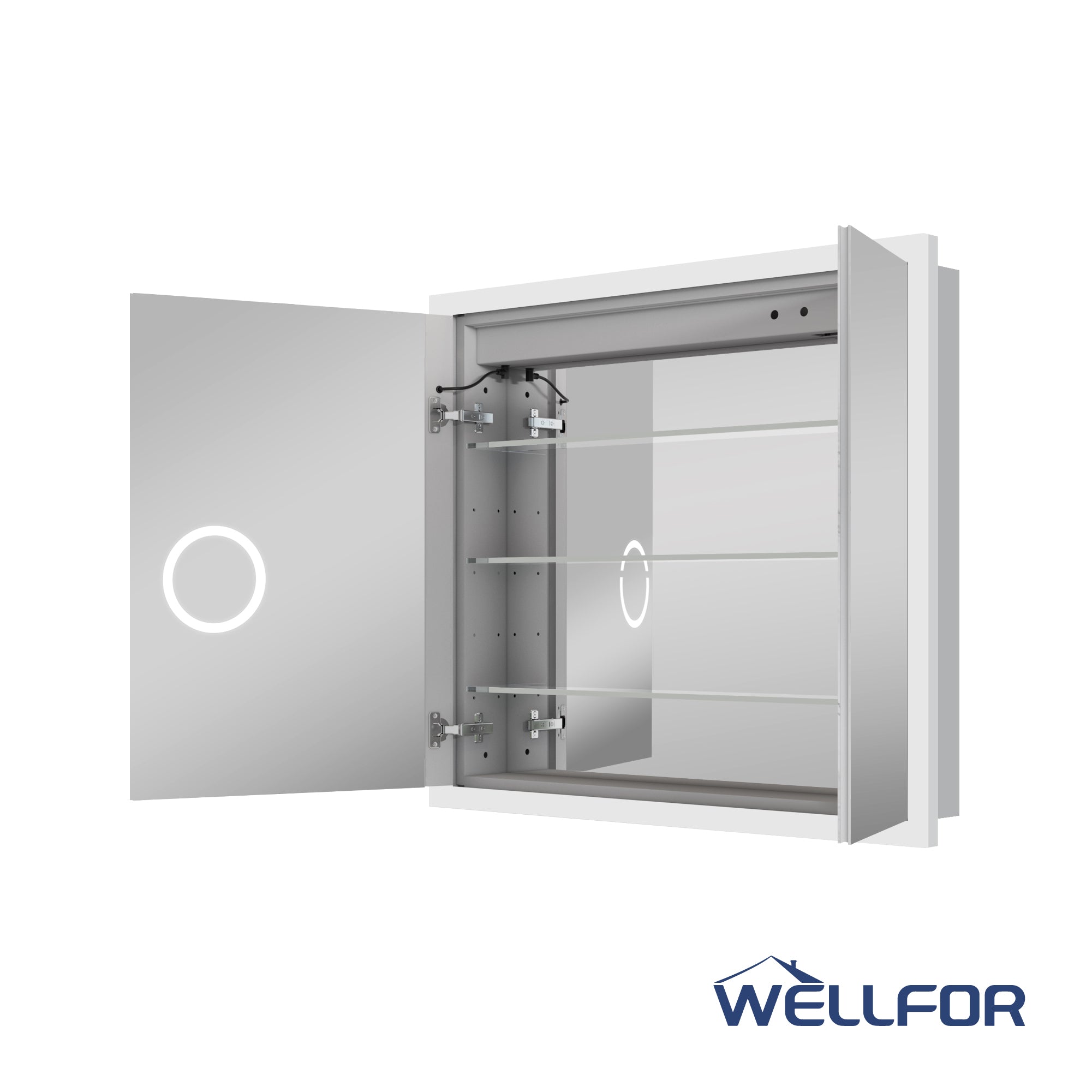
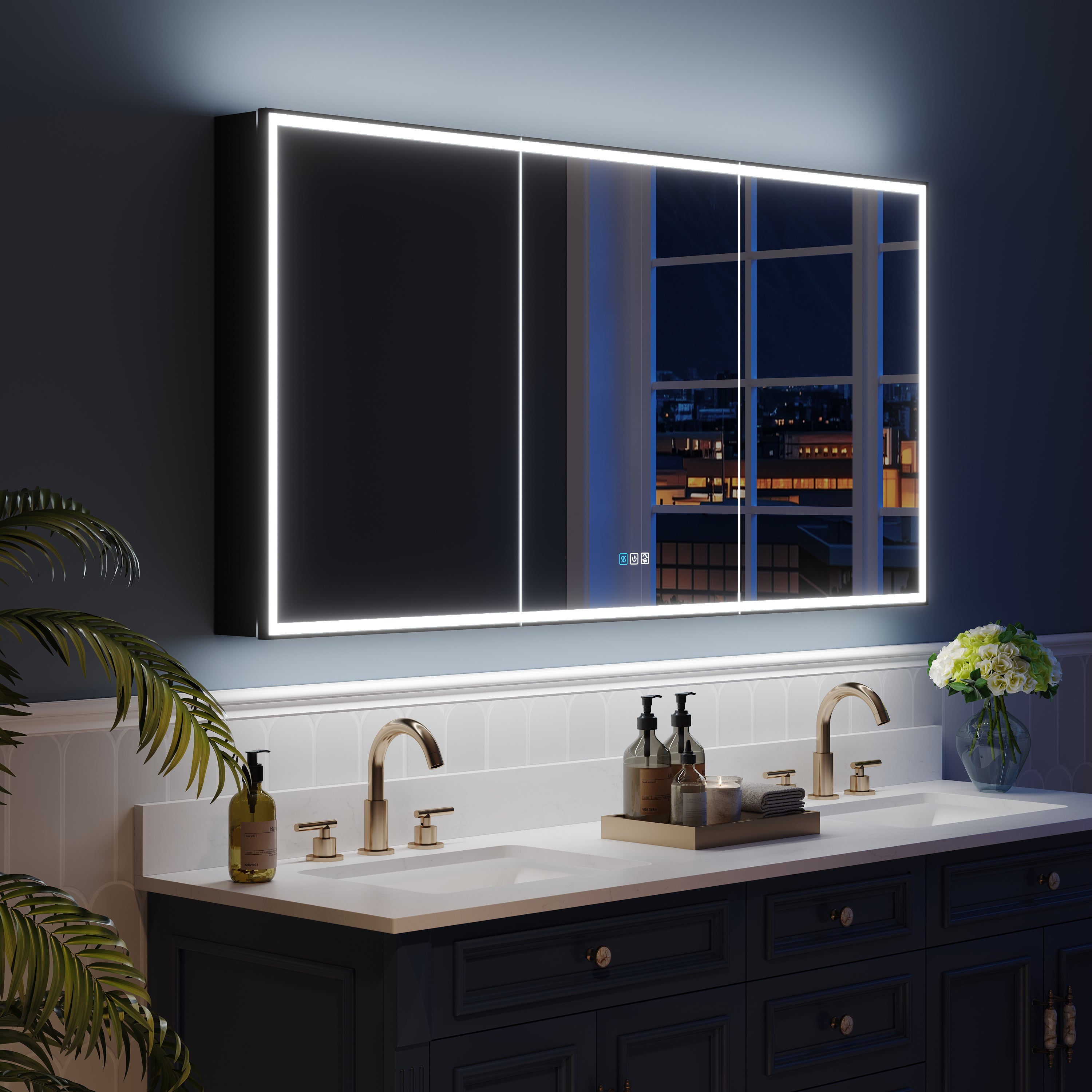

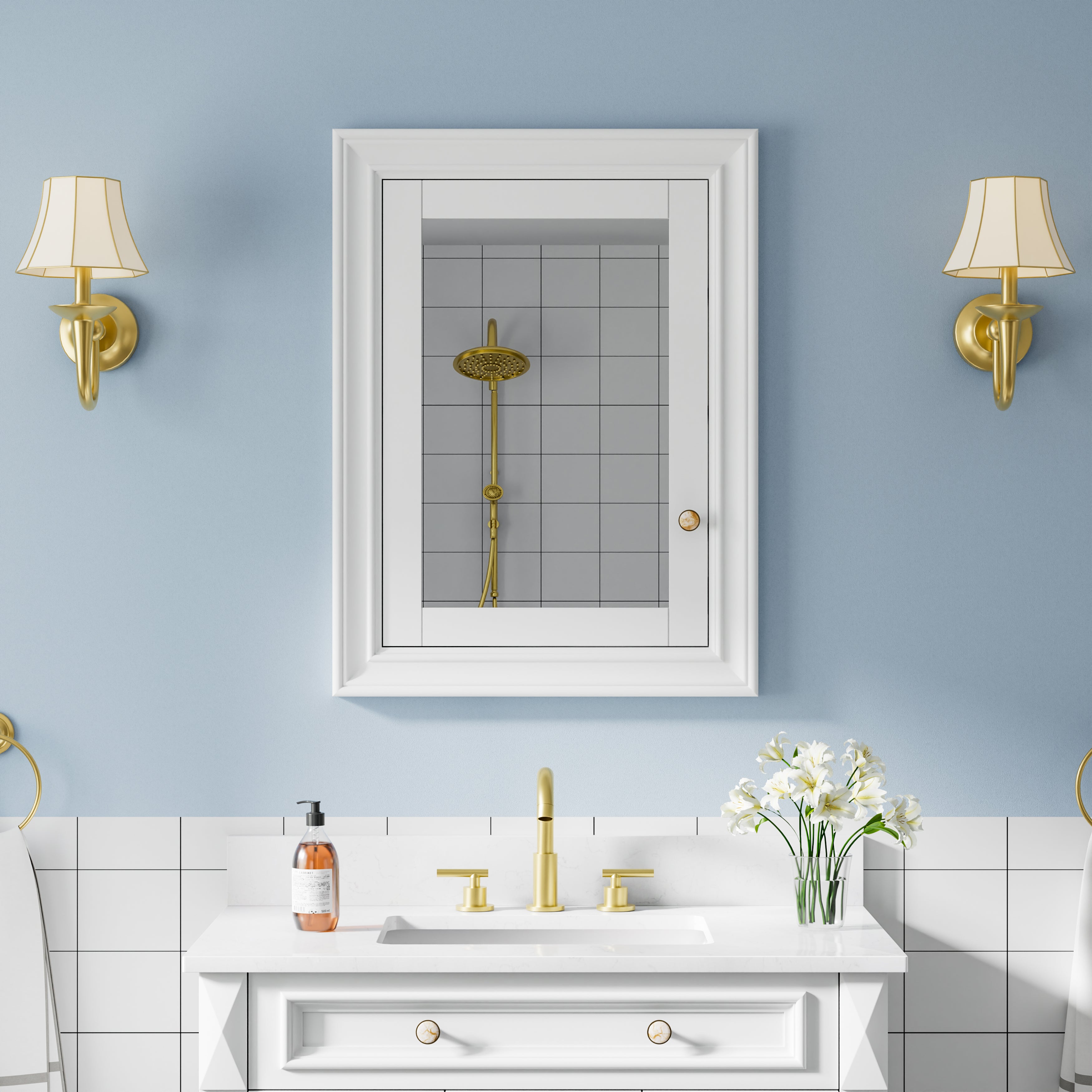



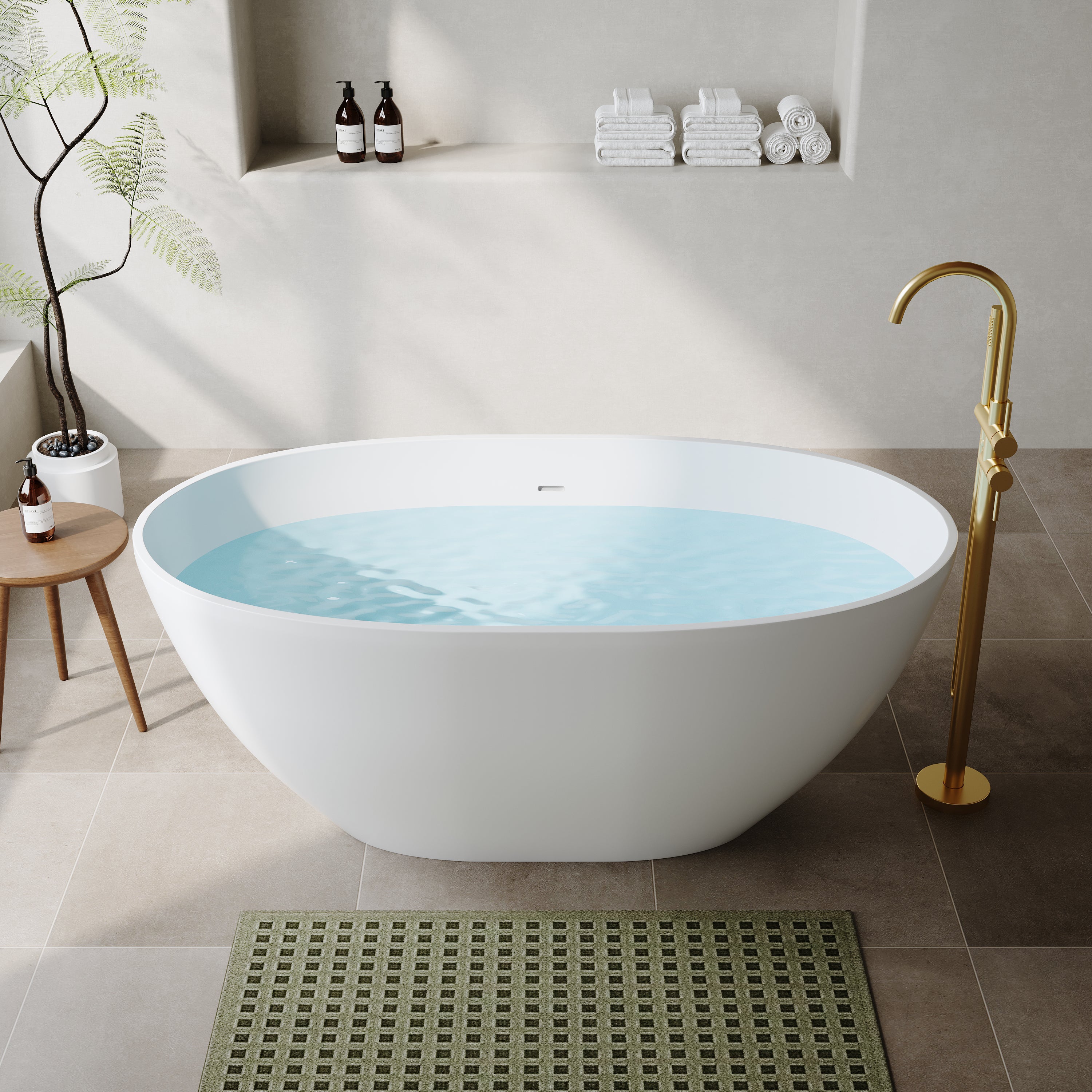



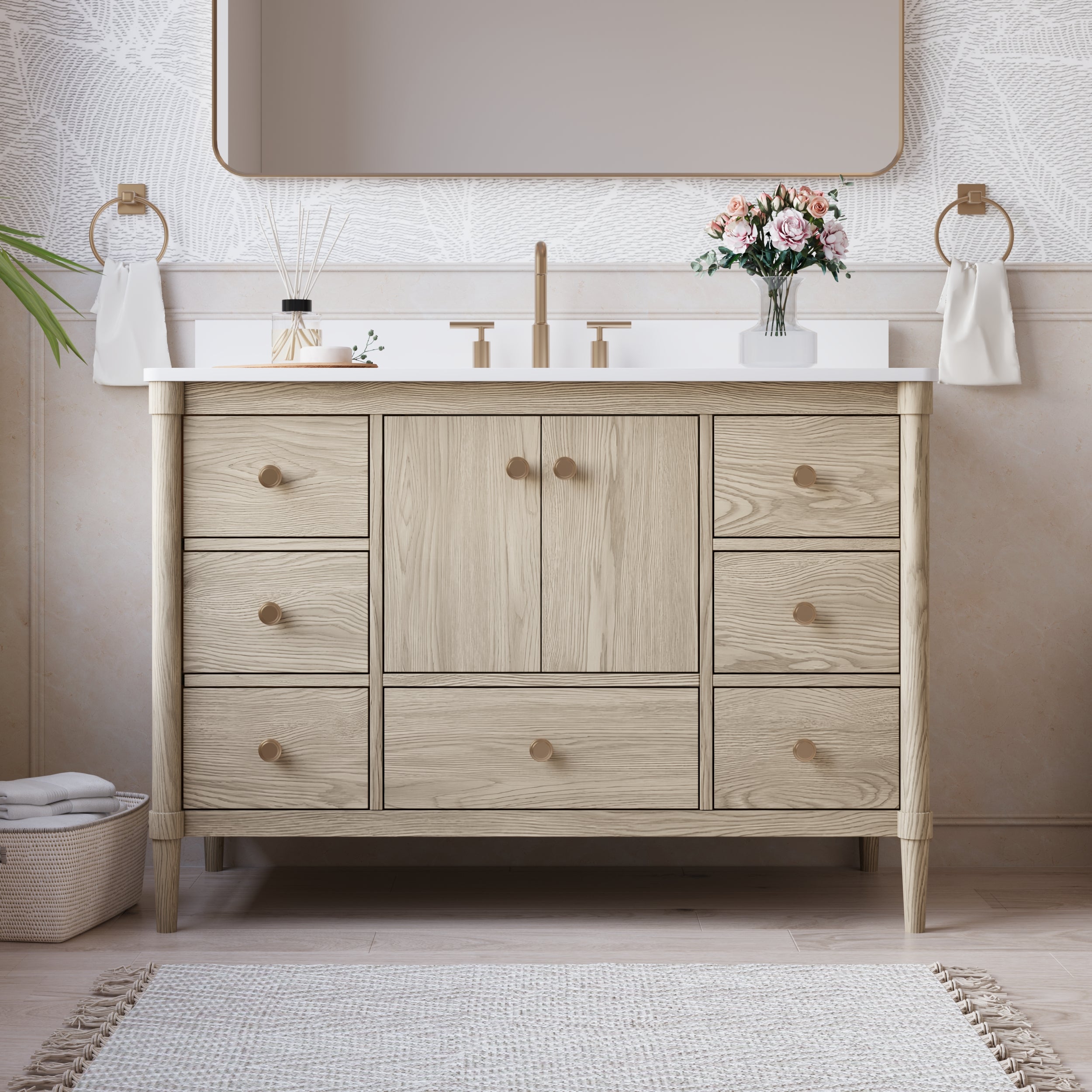


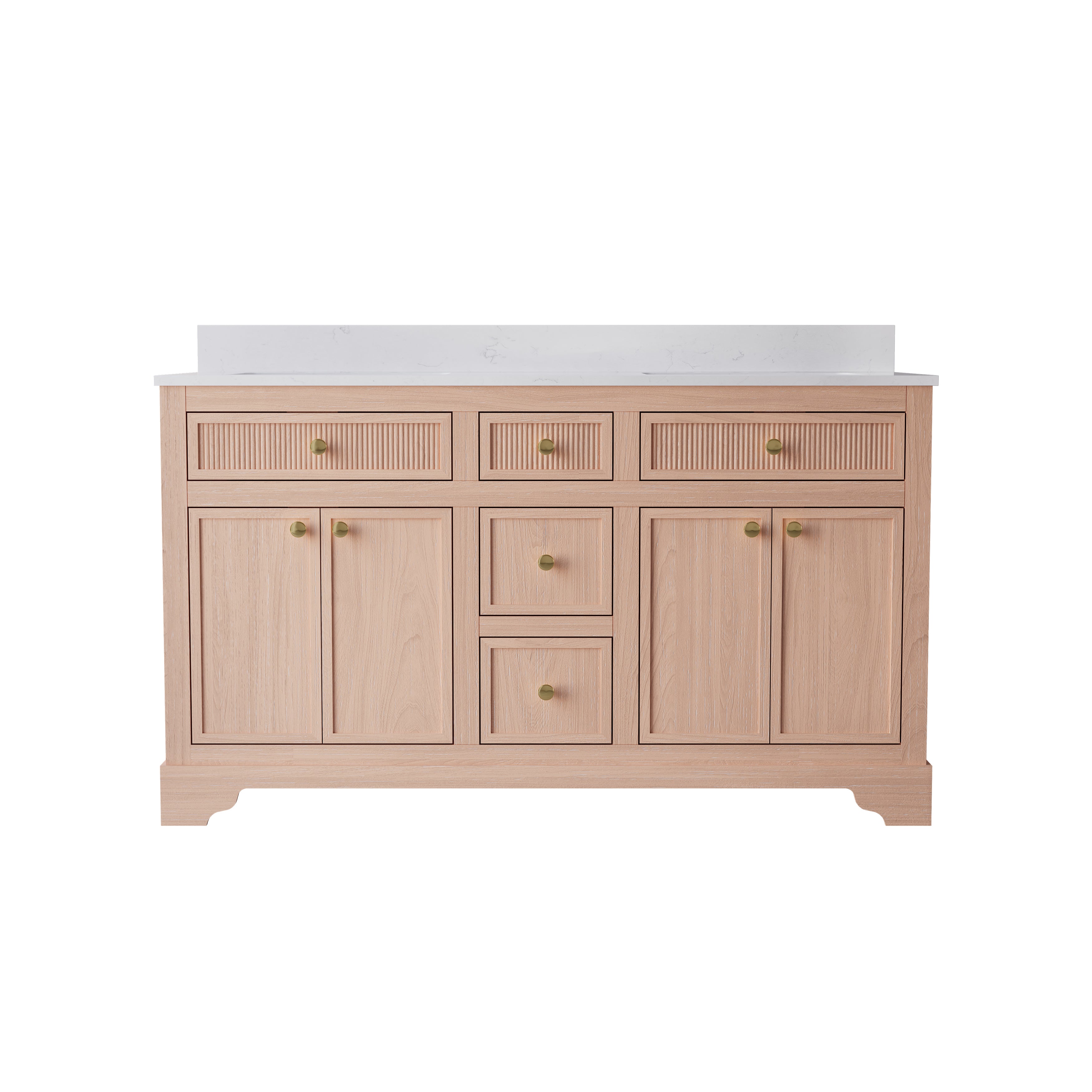
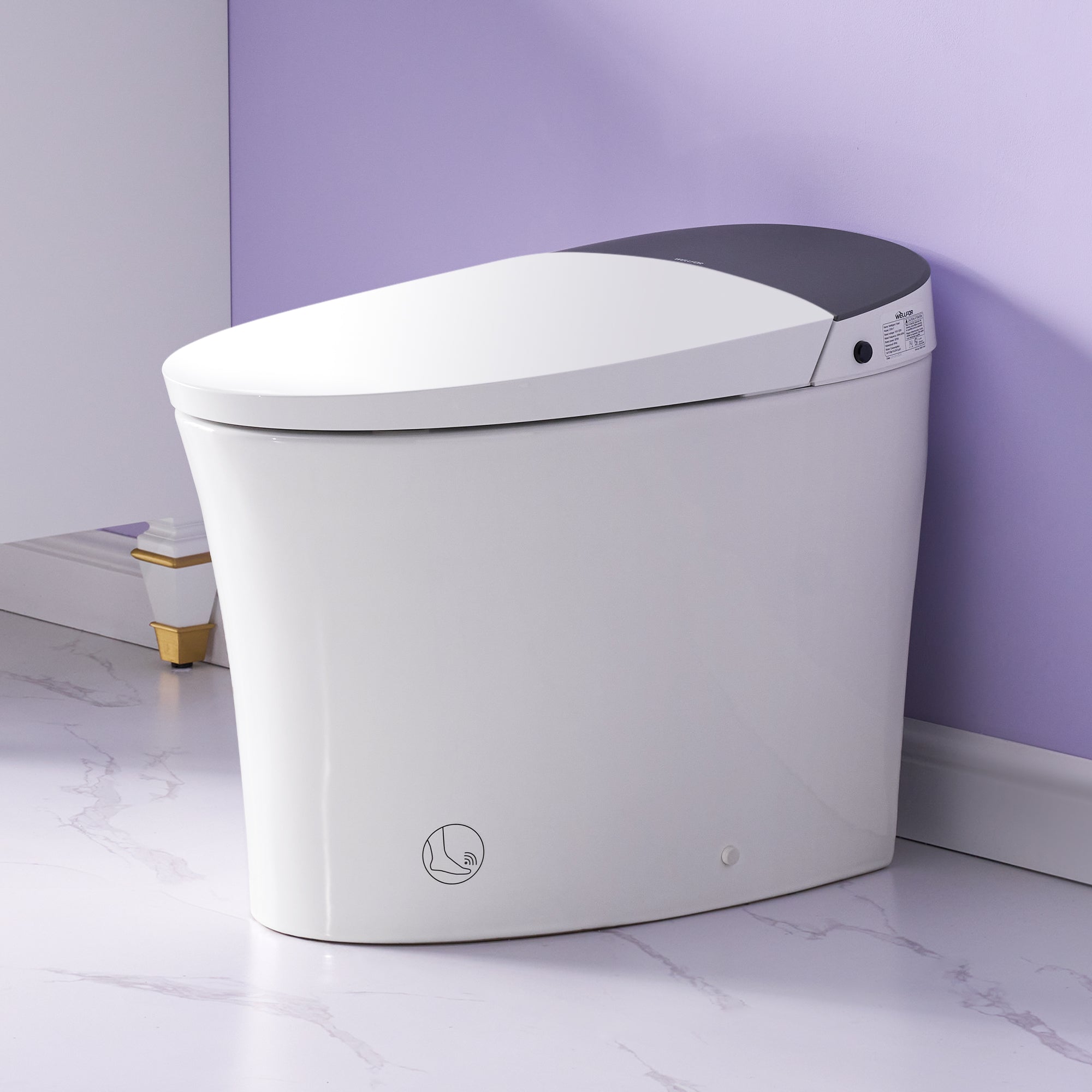
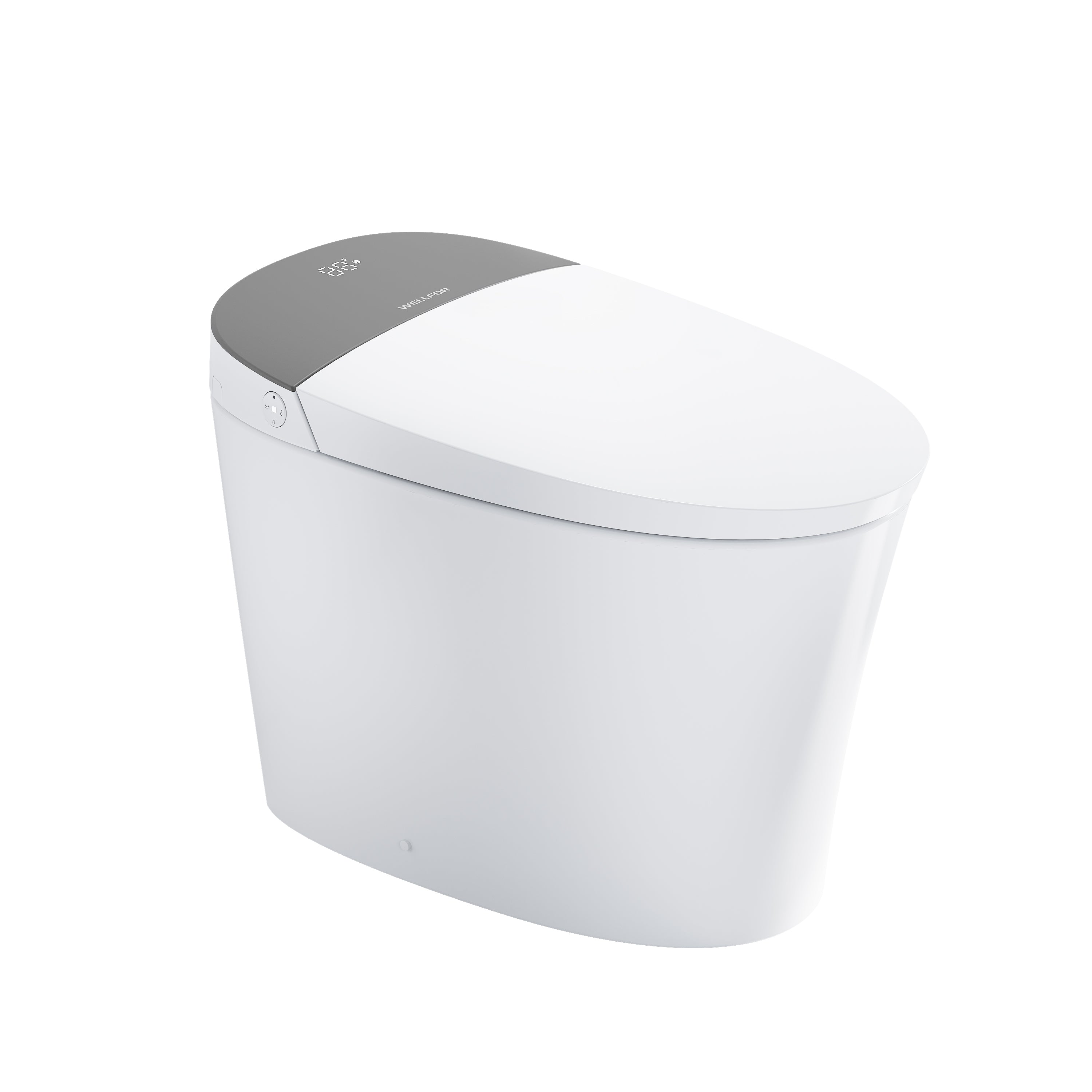
Leave a comment
This site is protected by hCaptcha and the hCaptcha Privacy Policy and Terms of Service apply.